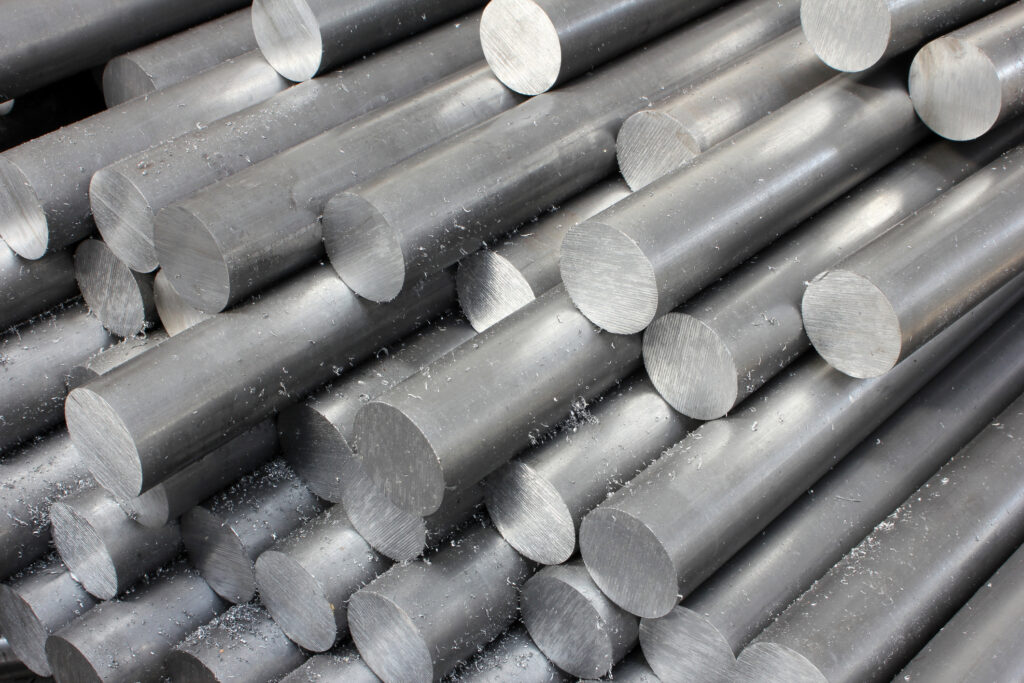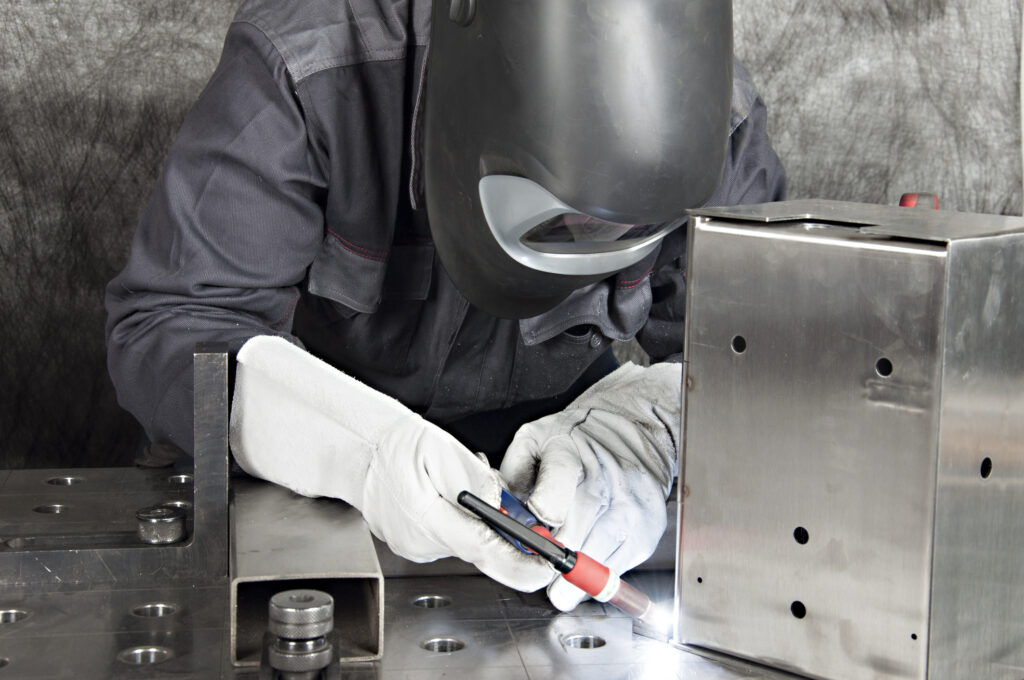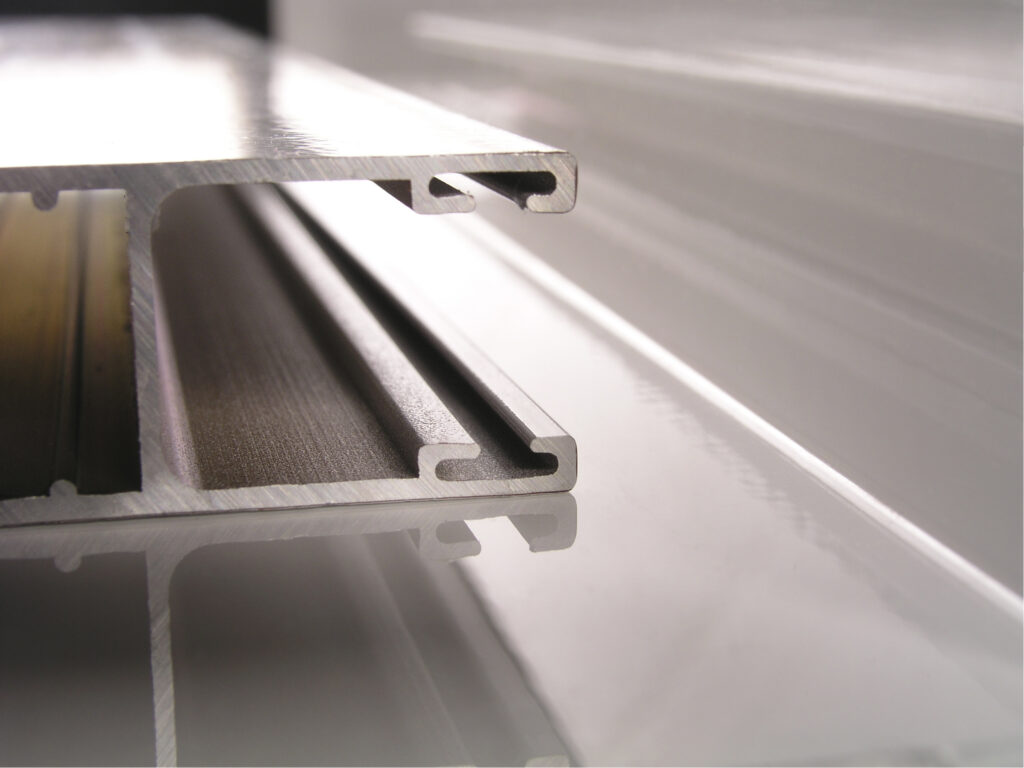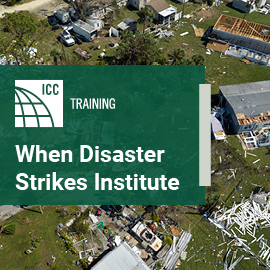
The Non-Combustibility of Aluminum
Aluminum has an undeserved reputation for being an inherently combustible material. This misconception stems largely from rushed analyses of fires where aluminum was present, despite the presence of other materials with proven flammability.
![]() Aluminum alloys are some of the most widely used materials in the industry, prized for their versatility in a wide variety of applications. Aluminum’s properties vary by alloy, offering strength, malleability, or a combination of both to meet specific needs. It also boasts excellent thermal and electrical conductivity, along with remarkable corrosion resistance. These attributes make aluminum a vital material across numerous industries, including construction, consumer products, electrical transmission, automotive, aerospace, defense and more.
Aluminum alloys are some of the most widely used materials in the industry, prized for their versatility in a wide variety of applications. Aluminum’s properties vary by alloy, offering strength, malleability, or a combination of both to meet specific needs. It also boasts excellent thermal and electrical conductivity, along with remarkable corrosion resistance. These attributes make aluminum a vital material across numerous industries, including construction, consumer products, electrical transmission, automotive, aerospace, defense and more.
Unfortunately, aluminum has an undeserved reputation for being an inherently combustible material. This misconception stems largely from rushed analyses of fires where aluminum was present, despite the presence of other materials with proven flammability. Additionally, a commonly overlooked fact is that a great deal of normally non-combustible materials will burn if heated to extreme enough temperatures or in a form with a high surface area (i.e., powder).
These concerns prompted the testing of pure aluminum and several alloys to demonstrate that they do not, in fact, burn.

A History of Misrepresentation of Aluminum
A number of well-publicized but commonly misunderstood events have contributed to the mistaken perceptions surrounding aluminum’s combustibility:
- In the 1960s and 1970s, a number of house fires were blamed on aluminum wiring. Investigations revealed that these were caused by improper installation and the industry responded by providing more information on correct installation practices, providing training programs for electricians, and developing new alloys that are easier to install. As a result of these changes, aluminum wires and cables installed since 1972 are just as safe as their copper counterparts, and aluminum has become the most commonly used material for electrical power transmission lines.
- During the Falklands War, the British warship HMS Sheffield was struck by an Exocet anti-ship missile and burned before sinking. Initial media reports blamed the blaze on an aluminum superstructure, which cannot have been the case as Sheffield, and her sister ships of the Type 42 class, were built entirely from steel. The media confusion stemmed from the presence of aluminum on several earlier U.S. Navy and Royal Navy ships that had suffered from fires in the 1970s, despite the fact that both navies determined that the use of aluminum in the ships’ designs had nothing to do with their loss.
- Several fires in the UK and Australia were blamed on the aluminum used in the buildings’ cladding. In those cases, aluminum sheets were bonded with flammable polymers or installed adjacent to flammable insulation. Regardless, only those materials burned and the aluminum itself did not. This distinction was easily overlooked in initial media coverage but was confirmed in subsequent investigations.
Aluminum is also used in a variety of high-temperature applications — ranging from stovetop cookware to high-performance pistons in internal combustion engines — that would not be possible if the material was inherently combustible. It is also used extensively in the aerospace industry, not only as a lightweight structural material but also as a substitute for titanium in some jet engine turbine blades. It is also worth noting that if aluminum were as combustible as some believe, it would be impossible to weld it as the high temperatures would ignite it. Welding is one of the most common methods of joining aluminum, and details on how to do so can be found in the Aluminum Association’s publication titled Welding Aluminum: Theory and Practice.

Aluminum Tested for Safety
To definitively prove that aluminum does not burn, the Aluminum Association commissioned the testing of various aluminum alloys in 2011 and 2020 according to ASTM E 136 Standard Test Method for Assessing Combustibility of Materials Using a Vertical Tube Furnace at 750°C. This test is the widely accepted industry standard for determining the combustibility of materials and consists of heating the material to 750°C and maintaining that temperature for 30 minutes or until the material fails, whichever happens first.
The material fails if any flames are observed, the internal temperature of the furnace rises due to material combustion adding to the heat inside, or the sample loses more than 50 percent of its weight.
The alloys chosen for testing in 2011 were 3003, 5052, 5083 and 6061. These four alloys were selected as they represent alloys in three alloy groups (3XXX, 5XXX and 6XXX) and are some of the most commonly produced alloys in the industry. In 2020, five additional aluminum alloys were tested (5005, 6006/6105, 6005A, 6063 and 6351) along with commercially pure aluminum (P1020A). These alloys were selected for their widespread use in construction. Because it is one of the most commonly used aluminum alloys, 6061 was also re-tested to further substantiate the results.
All the aluminum alloys tested, along with the commercially pure aluminum, passed the test with no flaming and negligible weight loss, and therefore meet the performance criteria required by ASTM to be classified as non-combustible. The individual combustibility reports for each alloy tested can be found on the Aluminum Association’s website.
Additionally, the Federal Aviation Administration conducted tests to make sure that the aluminum sheet metal used in aircraft would not burn during jet fuel fires. While the aluminum would eventually melt in the extreme heat, at no point did the tests reveal any evidence that the metal was actually burning. These tests were conducted per AC25.856-2A standards and certified that the material was suitable for use on transport category aircraft.
In response to these tests, the North Carolina Department of Insurance Office of State Fire Marshals updated the state’s building codes and removed a 2011 white paper that had previously classified aluminum as a “limited-combustible” material.
It is important to note that the tests mentioned above do not address composites. While aluminum itself will not burn, it can be and often is joined with other materials that do. The safety and proper application of any composite material can only be determined by examining all of its components, not just aluminum.
Furthermore, the form aluminum takes must be considered for any application, as with any other material. Like many other metal powders, aluminum powder will burn under certain conditions, which is why it is used in solid rocket propellant and many thermite mixtures.
Understanding Aluminum’s Combustibility and Its Versatile Applications in Building Construction
Aluminum, just like many comparable metals, is not combustible in any general application other than when it is specifically made to be. Unfortunately, thoughtful, scientifically backed information is often slower to propagate in the public sphere than initial rushed reactions to, and misunderstandings of, specific incidents, which have contributed to the erroneous perceptions regarding aluminum’s combustibility. Since ASTM E136 is the accepted industry standard for determining building material combustibility, users should use its results and other scientific tests when determining product safety. Additionally, no other scientific test has provided evidence of aluminum’s general combustibility in solid form.

The applications of aluminum in building construction are numerous and varied. Aluminum’s lightweight nature and inherent corrosion resistance make it an excellent choice for door and window frames, while its extrusions are well-suited for railings and furniture. These same qualities make aluminum highly desirable for outdoor applications, including street lighting, road signs and pedestrian bridges. Aluminum castings add value as decorative elements, such as light stands and fixtures, while aluminum sheets are ideal for roofing and exterior facades, combining aesthetic appeal with durability. Additionally, aluminum’s high reflectivity helps reduce energy consumption by minimizing heat absorption, making it a practical choice for improving energy efficiency during summer months.
Additional ideas and guidance for using aluminum can be found in the Aluminum Association’s recently updated Aluminum Design Manual 2020, along with technical specifications and references to the relevant standards.







